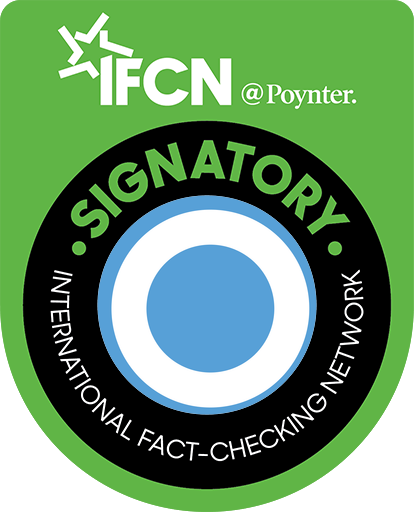A Facebook post suggests that the Al Zubarah fortress in Qatar was created by the Portuguese in the late 16th century “when Portugal was ‘great’, dominated the Persian Gulf and not undermined by ‘treasonous’ politicians as it is now.” .
The information has been wrong since the beginning of the publication, when it is stated that the Al Zubarah fortress is located 30 kilometers from Doha. In fact, a simple search on Google Maps makes it clear that the monument is, after all, on the opposite side of Qatar, some 100 kilometers from the Qatari capital.
The publication under review.
The government page dedicated to Qatar’s archaeological heritage describes Al Zubarah as “Qatar’s largest heritage site, with an impressive city wall, ancient palaces and residential houses, markets, industrial areas and mosques.” It was once “a thriving pearl city and trading port.”
But it says nothing about a Portuguese intervention in the monument. It only confirms that the city of Al Zubarah was founded in the mid-18th century, “attracting the attention of other Gulf powers” when it became a pearl-fishing and trading town between the 18th and 19th centuries. It ended up being destroyed, but it was recovered from the 1930s.
It was at this time that the fort was also built, not by the Portuguese, but by Sheikh Abdullah bin Jassim Al Thani in 1938, to function as the headquarters of the Coast Guard. Currently, it is a museum that exhibits artistic samples, almost always related to archaeological research.
Conclution
The post is full of misinformation and false information about the monument in question. Al Zubarah fortress was not destroyed in the 16th century because it was only built in 1938, and not by the Portuguese, but by Sheikh Abdullah bin Jassim Al Thani. The city itself was only built in the 18th century. And, in fact, it is not 30 kilometers from Doha: it is about 100.
Thus, according to the Observer classification system, this content is:
WRONG
In the Facebook rating system this content is:
FALSE: primary content claims are factually inaccurate. This option generally corresponds to “fake” or “mostly false” ratings on fact-checking sites.
NOTE: This content was curated by The Observer as part of a fact-checking partnership with Facebook.

Source: Observadora
